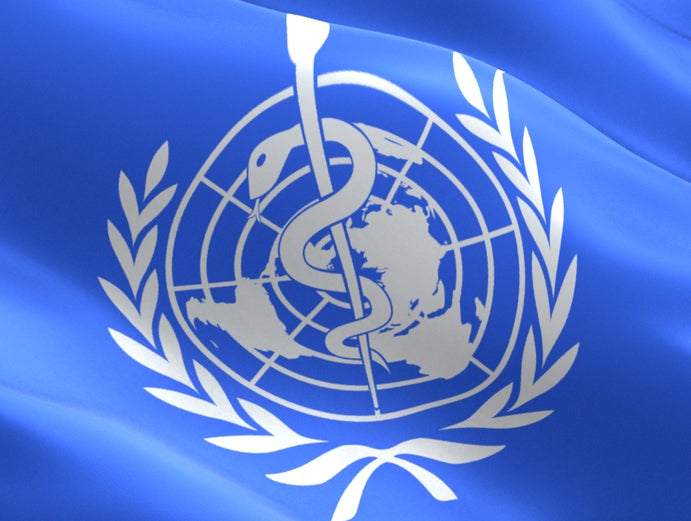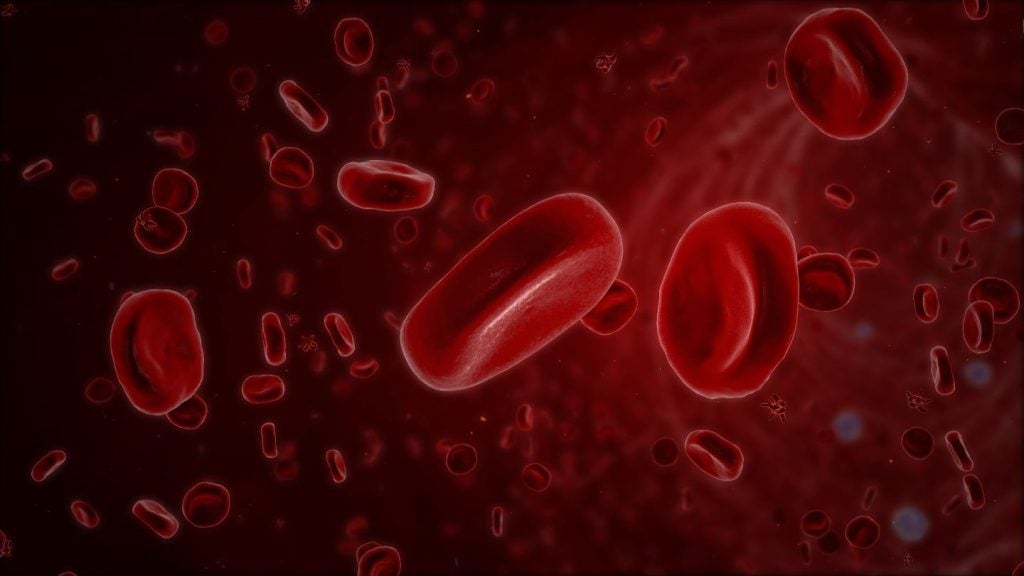
The World Health Organization (WHO) has been thrust into the spotlight over the last few months due to the Covid-19 pandemic, which has tragically killed more than 370,000 people. Having a global organisation to coordinate the response is invaluable in a worldwide public health emergency. However, there have been criticisms of the WHO’s actions, particularly in the early stages when the outbreak was largely confined to China.
A leading critic has been US President Donald Trump. Due to his assessment that the institution severely mismanaged and covered up the extent of the spread of the viral disease, President Trump decided to halt approximately $400m worth of funding to the WHO.
Although there has been some agreement with Trump’s evaluation and the need to review the WHO’s conduct, even the US’s closest ally, the UK, is very clear that now is not the time to withdraw funding from a public health authority. Interestingly, the US’s withdraw leaves the Bill and Melinda Gates Foundation as the largest donor to the WHO.
As world leaders struggle with the ongoing pandemic and discuss the future nature of the WHO, it is important to look back at the organisation’s founding, and explore where it has succeeded and where lessons can be learnt from its failings in dealing with public health crises.
1948 – WHO established by the UN
Following the devastation of World War II, which sparked a desire for a peaceful future for the world, representatives of 50 countries met in San Francisco, US, to establish the United Nations (UN) and a charter to govern its actions. Over the next few years, the UN expanded its work into other areas, including heath, which led to the creation of the WHO in August 1948. Its mandate was to attain “the highest possible level of health” for everyone across the world, which it does from its headquarters in Geneva, Switzerland, and from six regional offices.
1950 – First disease control programmes launched
A central tenet of the WHO’s mission is to stimulate and advance work to eradicate diseases, which explains why within the first few years of existence it launched multiple disease control and eradication programmes for infectious diseases affecting public health. The first few diseases focused on in the 1950s included yaws, malaria and smallpox.
How well do you really know your competitors?
Access the most comprehensive Company Profiles on the market, powered by GlobalData. Save hours of research. Gain competitive edge.

Thank you!
Your download email will arrive shortly
Not ready to buy yet? Download a free sample
We are confident about the unique quality of our Company Profiles. However, we want you to make the most beneficial decision for your business, so we offer a free sample that you can download by submitting the below form
By GlobalDataThe first was yaws in 1952. It is a neglected tropic disease caused by the Treponema bacteria extremely common in Africa, Latin America and Asia; around 50 million people were believed to be affected across the tropics. The WHO’s disease control campaign involved injecting newly developed long-acting penicillin, and later another antibiotic, azithromycin. Although yaws has still not been eradicated, the programme has been hailed as a major success for the WHO since its burden has reduced to almost zero.
1980 – Successful eradication of smallpox
Just over 20 years after the initiation of the smallpox eradication campaign, the WHO announced that the disease had been eradicated. The 1980 World Health Assembly resolution: “declares solemnly that the world and its peoples have won freedom from smallpox, which was a most devastating disease sweeping in epidemic form through many countries since earliest time, leaving death, blindness and disfigurement in its wake.”
Caused by the variola virus, it has been estimated that 300 million people died from smallpox in the 20th century; with 50 million dying in the 1950s alone. To date, this is still the only human disease to be completely eradicated through vaccination.
Most people argue this is the best example of the WHO’s capabilities to deal with public health threats. It responded to ongoing challenges by committing more funding and adapting its surveillance techniques to better collaborate with frontline healthcare workers.
1986 – Special programme on AIDS launched
The human immunodeficiency virus (HIV) epidemic began to sweep across the US and the rest of the world in the 1980s. Approximately 150,000 people a year tragically died from the viral condition through the resulting acquired immunodeficiency syndrome (AIDS). The WHO acted fast and set up The Special Programme on AIDS in 1986 to create a global strategy, supported with enough funding, to support prevention and treatment of this pandemic.
HIV/AIDS remain a serious public health threat today – particularly in low-income, African countries – but contracting HIV is no longer a death sentence. Better awareness about transmission and the development of effective antiretroviral therapies (ART) have been key. Of the 37.9 million people living with HIV, 62% received ART and 53% had achieved suppression of the virus to such an extent that they cannot transmit the disease. The WHO estimates that 13.6 million lives have been saved by ART, supported by national HIV programmes, and there remains optimism the viral disease could be eradicated by 2030.
1988 – Global Polio Eradication Initiative established
Although vaccines had been developed to tackle polio in the 1950s and 60s, it remained a severe disease paralysing more than 1,000 children worldwide into the 1980s. This led the WHO, with the encouragement of Rotary International, to create the Global Polio Eradication Initiative (GPEI) in 1988.
Over the past three decades, 2.5 billion children worldwide have been immunised against polio through the initiative and wild poliovirus has been eradicated in all but two countries worldwide, Afghanistan and Pakistan. This is an extraordinary achievement, however, the WHO is very clear that “as long as a single child remains infected, children in all countries are at risk of contracting polio”.
1990s – 2000s – Commitments to tackle TB
Almost 50 years after the WHO first launched mass immunisation against tuberculosis (TB) using the BCG vaccine, the organisation decided to re-focus on treating, rather than preventing, TB with the so-called DOTS strategy in 1994. This created the basis for TB care and standardised treatment requirements across all countries; this was further expanded upon with the 2006 STOP TB strategy and the 2014 End TB strategy – the current aim is to eliminate TB by 2030.
Unfortunately, despite these attempts, 1.5 million people died from TB in 2018 and it remains the leading cause of death from a single infectious agent. Although 58 million lives were saved from effective diagnosis and treatment between 2000 and 2018, adherence to the necessary six-month course of antimicrobial drugs to treat TB is challenging and feeds into the larger problem of multi-drug resistant TB, which remains a public health security threat.
2002-3 – Successful containment of SARS epidemic
In July 2003, the WHO declared the severe acute respiratory syndrome (SARS) epidemic had been contained; this announcement came only eight months after the first cases of the virus. The pandemic was caused by a novel coronavirus of the same name.
Unlike the ongoing Covid-19 pandemic, SARS was able to be stopped in its tracks by the isolation of patients and quarantining of those exposed facilitated by international cooperation coordinated by the WHO.
This approach undoubtedly saved thousands of lives as this virus had a death rate of around 10%. Approximately 8,000 people in 26 countries were infected with the coronavirus, and over 770 people sadly died.
2009-10 – Controversy over H1N1 swine flu pandemic
In 2009 and 2010, so-called swine flu infected as many as 1.4 million people across the world, killing around 18,500 people. Since this pandemic was caused by a novel strain of H1N1 influenza virus, not even those who had been immunised against other influenza virus strains were immune.
The WHO was accused of overplaying the danger of the virus because it was influenced by experts with links to the pharmaceutical industry, who would benefit from the stockpiling of vaccines and anti-viral medicines created to respond to the pandemic. Although the WHO’s conduct was investigated three times and no inappropriate conduct was found, this incident is likely to have damaged the organisation’s reputation as a reliable, neutral actor fighting to improve global health.
2014-16 – Delayed response to Ebola outbreak
For two years, Ebola ravaged countries across West Africa causing more than 11,000 deaths; it had a shockingly high fatality rate of over 50%. The WHO’s response was criticised for being too slow and reactive; for instance, it took the WHO six months to declare it a public health emergency of international concern, something it did in a month or less for both the swine flu and Covid-19 pandemics.
In 2015, the WHO admitted it was not properly prepared to handle the outbreak, stating there was poor coordination between the central headquarters and its African regional office. The failings of the WHO prompted the UN Secretary-General to take the unprecedented act of launching the agencies’ first ever public health mission to tackle the ongoing crisis.
2020 – Covid-19 pandemic endangers the globe
With the benefit of hindsight, it is probable that the WHO did not learn its lesson from the Ebola outbreak and was also too slow to act in the early stages of the Covid-19 outbreak. It was too reactive to the situation and, at points, potentially overlooked and underplayed the severity of the virus under the guise of not provoking undue alarm.
However, as the deadliness of the novel coronavirus has become clearer, the WHO has stepped up to provide leadership and focus research and collaboration efforts to tackle this escalating public health crisis. Ultimately, it does not bear thinking about what state the world would be in right now without a system like the WHO in place.







